One persons plastic waste, is another’s upcycled float to help improve wastewater treatment.
While out for a family walk last weekend, our Solutions Director found a 2meter long bouy washed up on the beach in Dawlish Devon. Accordingly to locals it had been smashed up on the roacks for over a month. After a little encouragement, Alec got his two sons to help move the item off the beach for transport back to the BI-Zen workshop. Please click here to learn more on how we intend to fix a number of sensors onto the bouy and use it to gather data sets never seen before on wastewater treatment efficencies and green house gas nitrous oxide emission pathways.
Washed up plastic on a local beach is to be upcycled for use to target wastewater plant efficiencies.
Unseen Green House Gas from Wastewater Treatment As shared on our N2OInSite page, there is an unseen environmental cost to current wastewater treatment practices that is critical to today's climate crisis. Specifically the generation and release of Nitrous Oxide gas (N2O) that is about 300 times stronger than Carbon dioxide (CO2).
The need for data now Evidence shows that N2O emissions often vary seasonally as well as spatially within tanks. To accurately baseline N2O emissions in a science-based manner, the Water Sector requires long term N2O monitoring data. However long term monitoring data is not required to being drawing process insights and mitigating N2O today. For this we need high quality process data in order to draw informed technical insights – which factor in meaningful site-level information.
The solutions will not be found on a quest only to new emissions factors across different process types nor from a desk top analysis – they require high quality monitoring data which we can trust and a real understanding of site operation; how nitrification is controlled; management of liquors, flexibility, resilience and age of aeration systems. Whilst the solutions may be digital, black boxes, grey boxes, process and data driven models and more, we very much believe the understanding and knowledge has to be gathered collaboratively, believed in and acted on as rapidly as we can.
BI-Zen's agile and innovative approach In order to play our part, BI-Zen has re-purposed the bouy with the objective to attach a number of sensors onto it, which will be suspended within wastewater treatment plant aeration lanes. With the intension to gather un-matched real time data on the science behind the biological processes that treat the wastewater, while also gathering insights on the potential for increased green house gas generation linked to nitrous oxide emission pathways.
Follow us on LinkedIn and pending Blog updates as we look to share more details in the coming weeks.

